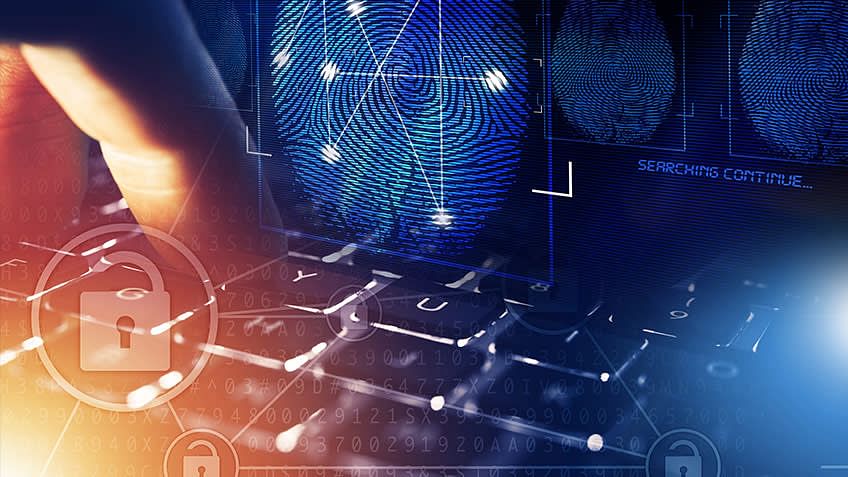
Computer Forensics Service: What Is It?
December 13, 2022Computer forensics services, also known as digital forensics or cyber forensics, is the study of digital evidence linked to a crime. The application of forensics is frequently used in the process of solving a crime. Forensics experts use scientific methods to examine crime evidence and present their findings to courts of law.
Table of Contents
What Makes Computer Forensics So Crucial?
Digital evidence is becoming more and more helpful in resolving crimes as the globe gets increasingly connected online. A computer forensics investigator must gather, examine, and preserve this evidence.
Computer Forensics Types
Digital evidence from many sources is continuously collected and examined in computer forensic services. Typical types include:
Database forensics is retrieving and examining data or information from databases.
Forensics of emails: Retrieval and analyzed email platform data, including messages, contacts, calendars, and other items.
Mobile forensics: Retrieval and analysis of information from mobile devices, such as messages, contacts, photographs, videos, and audio files.
Recovery and examination of data from a computer’s RAM (random access memory) and the cache are known as memory forensics.
Utilizing firewalls and intrusion detection systems to track network traffic is known as network forensics.
Malware forensics: Examining source code to find malicious programs like Trojan horses, viruses, and ransomware.
Typical computer forensics services methods
Computer forensics services experts employ a variety of strategies when conducting an investigation and analyzing the evidence; the following four are typical ones:
Recovering Deleted Files
This method entails retrieving and restoring files or fragments that have been mistakenly or purposefully erased by a person or computer program.
Reverse Steganography
Steganography is the attempt to conceal data inside a digital communication or file. When computer forensic experts examine the hashes of a message or the contents of a file, reverse steganography occurs. A hashing is a string of data that modifies when an attempt is made to alter a message or file.
Cross-Drive Evaluation
This method involves looking at data from various computer drives. Correlation and cross-referencing techniques are employed to compare events from one computer to another and find anomalies.
Live Evaluation
An operating computer’s volatile data, which is data kept in RAM (random access memory) or cache memory, is examined using this technique. This aids in identifying the origin of unusual computer traffic.
Knowledge Of Computer Forensics Services.

It helps to have specific technical and workplace abilities in the computer forensics industry. Technical skills are acquired through education or training, whereas workplace skills are related to how you interact with or work with others. The following are some examples of abilities that help persons in computer forensics jobs:
The ability to comprehend mechanical processes, be spatially aware, understand numerical ideas, and analyze data
The capacity to take in, arrange, learn, and draw conclusions from data.
Communication skills:
clarity and conciseness in presenting technical knowledge
observation of details
knowledge of computer software and hardware
understanding of programming languages for computers
knowledge of the law and criminal justice
having a basic understanding of cybersecurity concepts like threat detection, system and network protection, and cyberattack predictions
understanding of cybersecurity guidelines
What Are Some Examples Of Computer-Related Jobs?
The Insurance Information Institute has published statistics showing that cybercrime is constantly increasing, posing significant financial losses to individuals and businesses. As a result, employment opportunities in computer forensics are more common than ever. Here are some samples of the top positions in the industry, together with the necessary degree and typical income ranges.
Analyst For Digital Forensics
As a digital forensic analyst, you will evaluate cybercrime scenes and support investigations as a digital forensic analyst. Digital surveillance, spotting hacking patterns and compromised data, finding hidden or encrypted data, and file recovery are some examples of job responsibilities. To perform this work, you must have in-depth knowledge of computer hardware, software, systems, databases, and programming languages.
Prerequisites for education: The typical need for a digital forensic analyst is at least a bachelor’s degree in criminal justice, cybersecurity, or forensic computer science. Some positions call for a master’s degree.
Analyst for Information Security (or IT Security Analyst)
By organizing and putting in place security measures, you will defend computer networks and systems as an information security analyst. Installing and maintaining firewalls and encryption software, testing security software, auditing access to high-security data, recognizing cybersecurity threats, and looking into cybersecurity breaches









